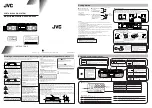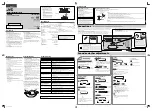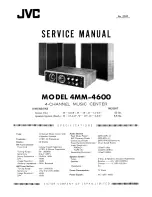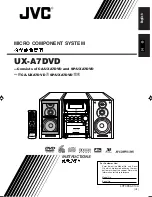
Operating a powered vehicle of any kind can be a lot of fun, but it carries certain inherent risks. Regulations
governing the use of powered vehicles, including aircraft, vary from locale to locale, even within the same country
or district. It is your responsibility to ensure that you understand and comply with all local laws and regulations.
Safety basics:
•
Never operate the vehicle or software in a way that could be dangerous to you, other people, or property.
•
Always keep propeller arcs free of objects and body parts while the vehicle is live.
•
Keep in mind that software and hardware failures happen. Although we design our products to minimize
such issues, you should always operate with the understanding that a failure could occur at any time and
without warning. Accordingly, you should take the appropriate precautions to minimize danger in case of
product failure.
•
Never use the software or hardware for manned vehicles.
•
Always operate within local laws and regulations.
•
Do not operate the aircraft if you are under the age of 18.
Additional safety information:
•
Be sure to maintain safe distances between people and your aircraft.
•
Never operate your aircraft if your ability to do so with the utmost attention to safety is impaired in any
way. Do not operate your aircraft while tired, under the influence of drugs or alcohol, or otherwise unable to
operate it with the highest attention to safety.
•
Environment conditions can change rapidly and can make operation difficult. If this occurs, land your aircraft
and discontinue use immediately. Do not operate your aircraft if operating conditions are not ideal. This
includes, but is not limited to, rain, snow or excessive wind.
•
Always ensure the battery cable is disconnected from the aircraft until you are ready to fly, and ensure that
your batteries are fully charged prior to use.
•
Always turn on the transmitter and ensure the throttle stick is all the way down before connecting the
battery.
•
After landing, disarm your vehicle immediately and disconnect the battery cable.
•
Do not turn off the transmitter until after you have disconnected the battery.
•
Always remove the propellers while testing the motors.
•
When the battery is connected, always assume the vehicle is live and the motors are armed.
•
Do not attempt to fly longer than the battery’s safe capacity.
•
Do not operate the vehicle with excess weight attached.
•
Ensure that all vehicle components are well maintained before each flight. Ensure that components are
firmly attached and operating properly.
•
Replace any worn or damaged components before each flight. Never operate with any damaged or worn
components.
•
SAFETY IS THE FIRST PRIORITY. Take all precautions necessary to ensure your own safety as well as the
safety of other people and property.
SAFETY
































